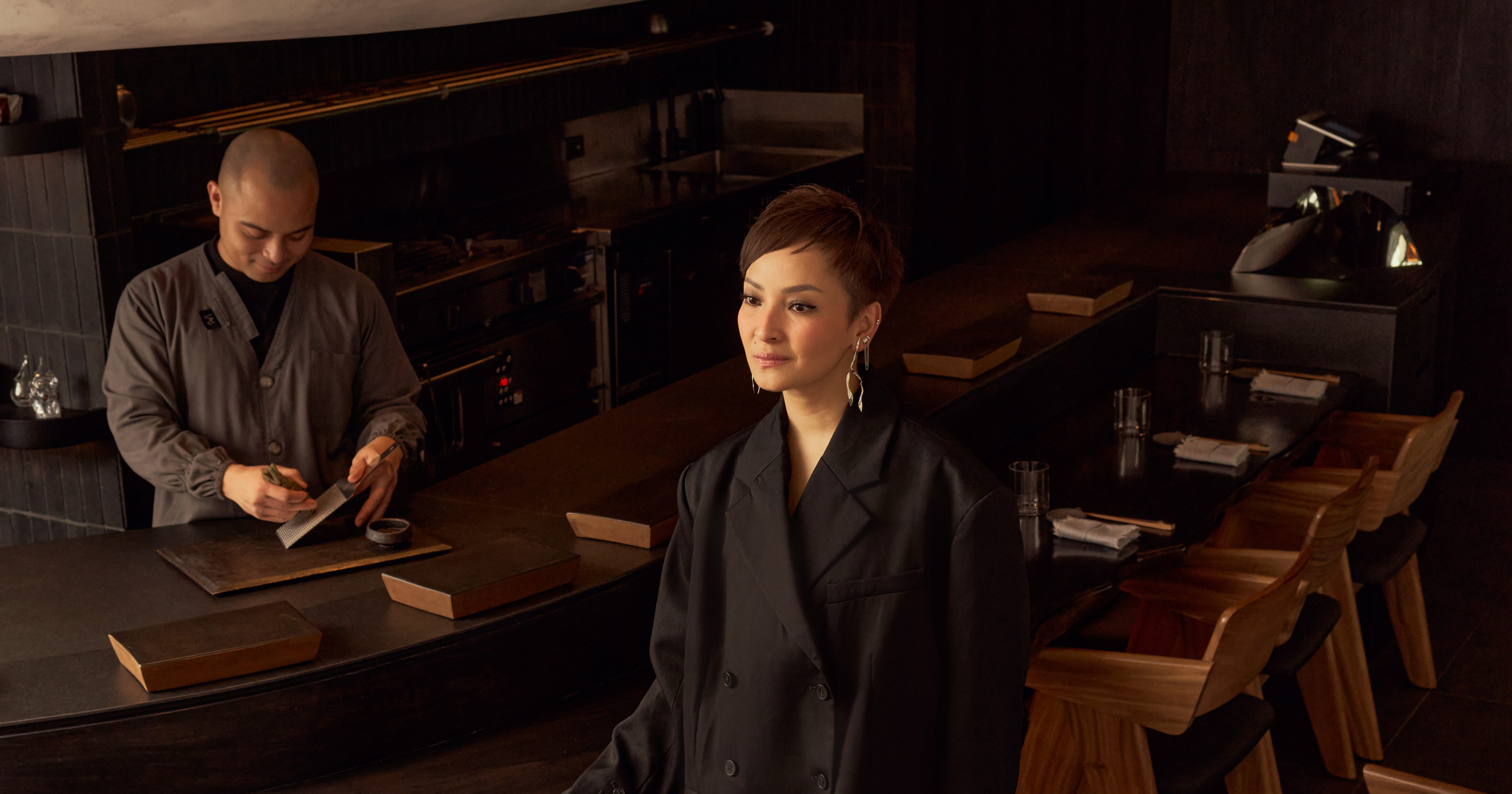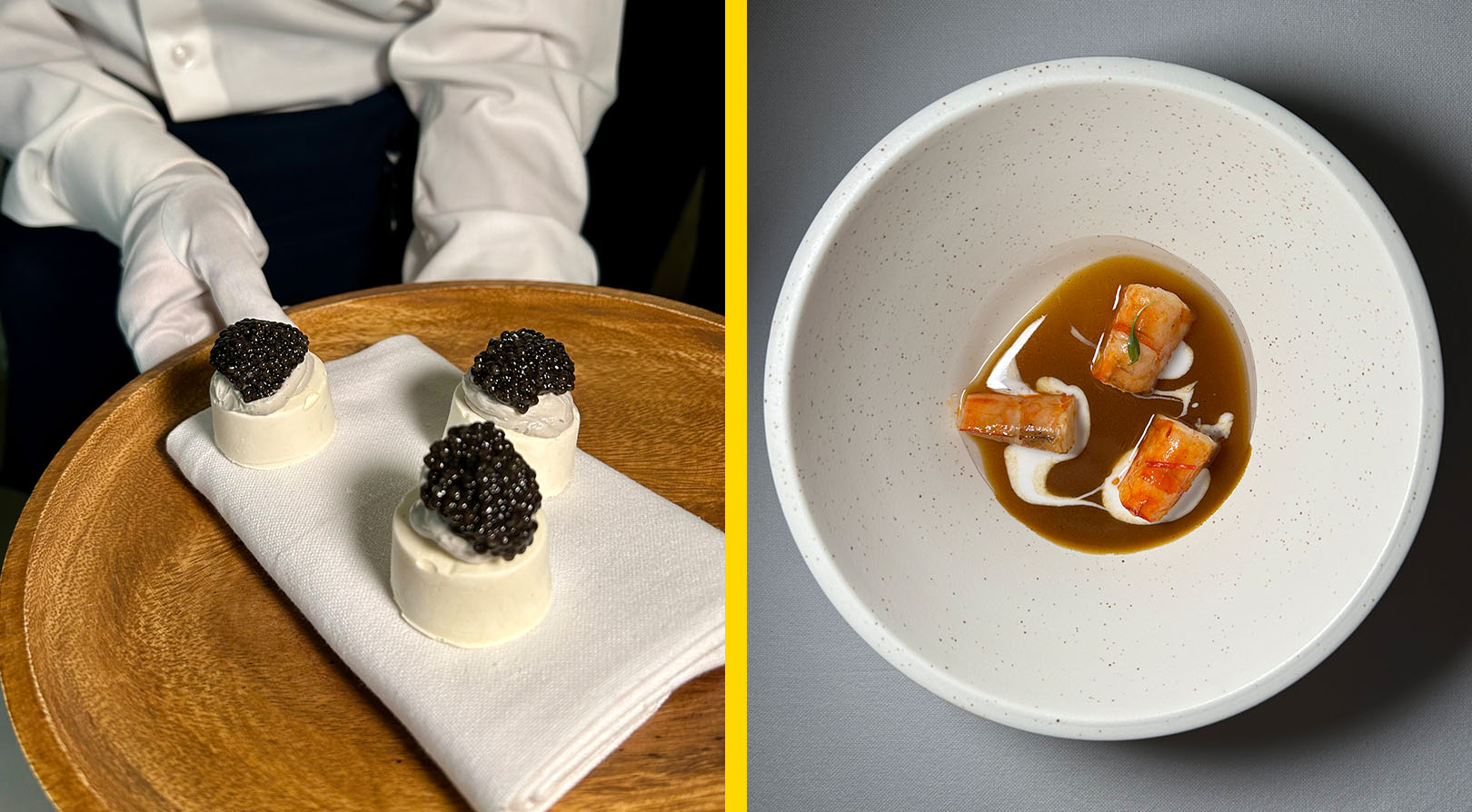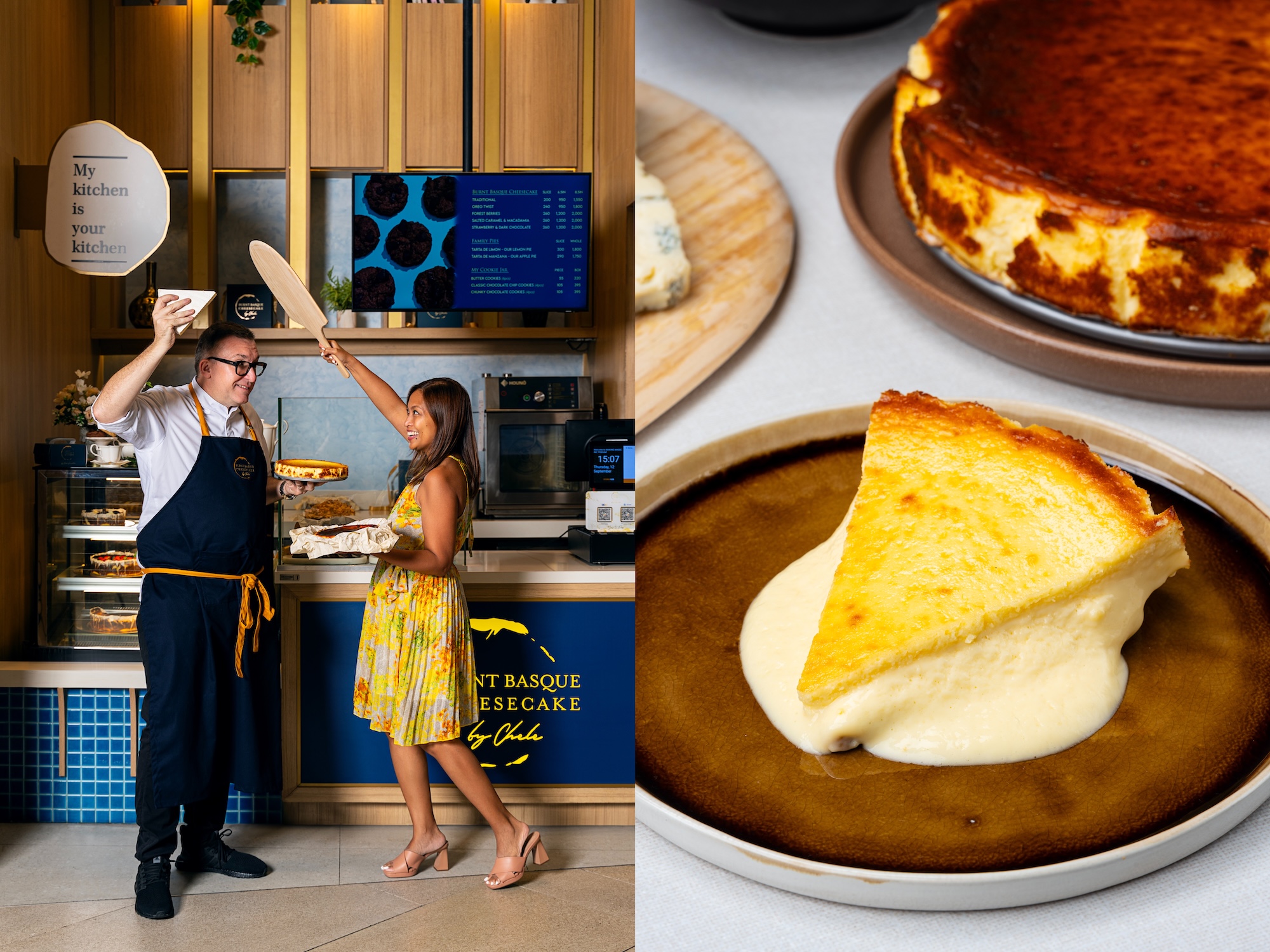Let’s start off by stating that wagyu is the best beef in the world. This is not a subjective statement. There’s a reason why it’s one of the most expensive types of beef in the world. While there are others that come close in terms of taste and quality, Japanese beef exists on an entirely different level.
Highly prized and highly priced, wagyu is distinct from any other beef as it is determined by its breeding. Japanese wagyu cattle are raised in a specific lifestyle that’s carefully overseen. The cows are given a strict diet to ensure the best quality of muscle, and thus meat. Some even have their own birth certificate to determine bloodlines and others are rumored to be massaged and brushed to increase blood circulation and reduce stress.
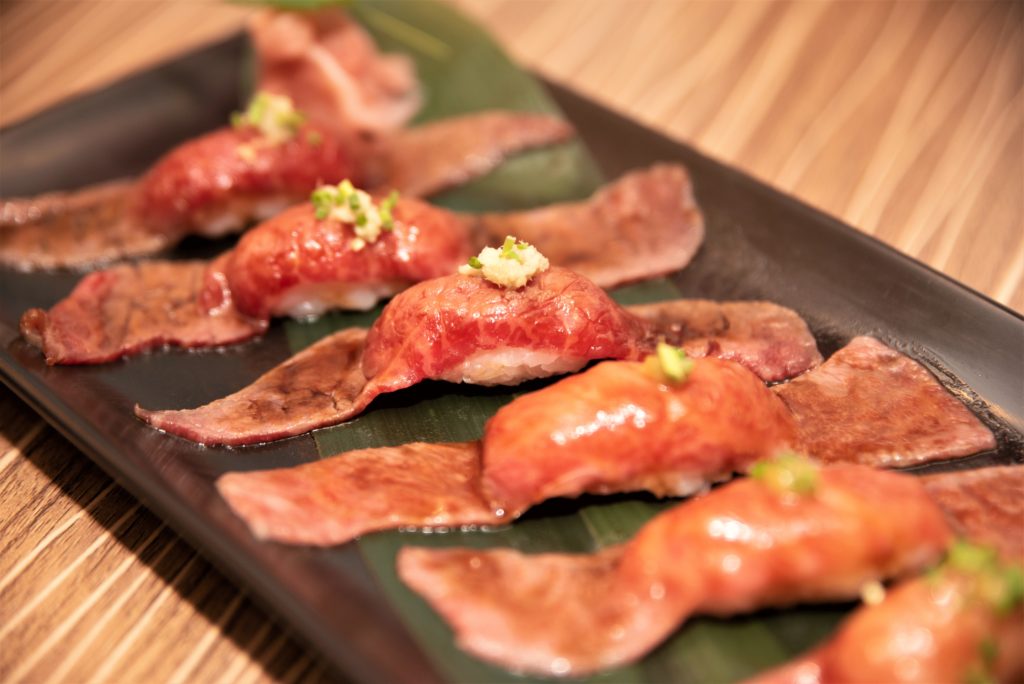
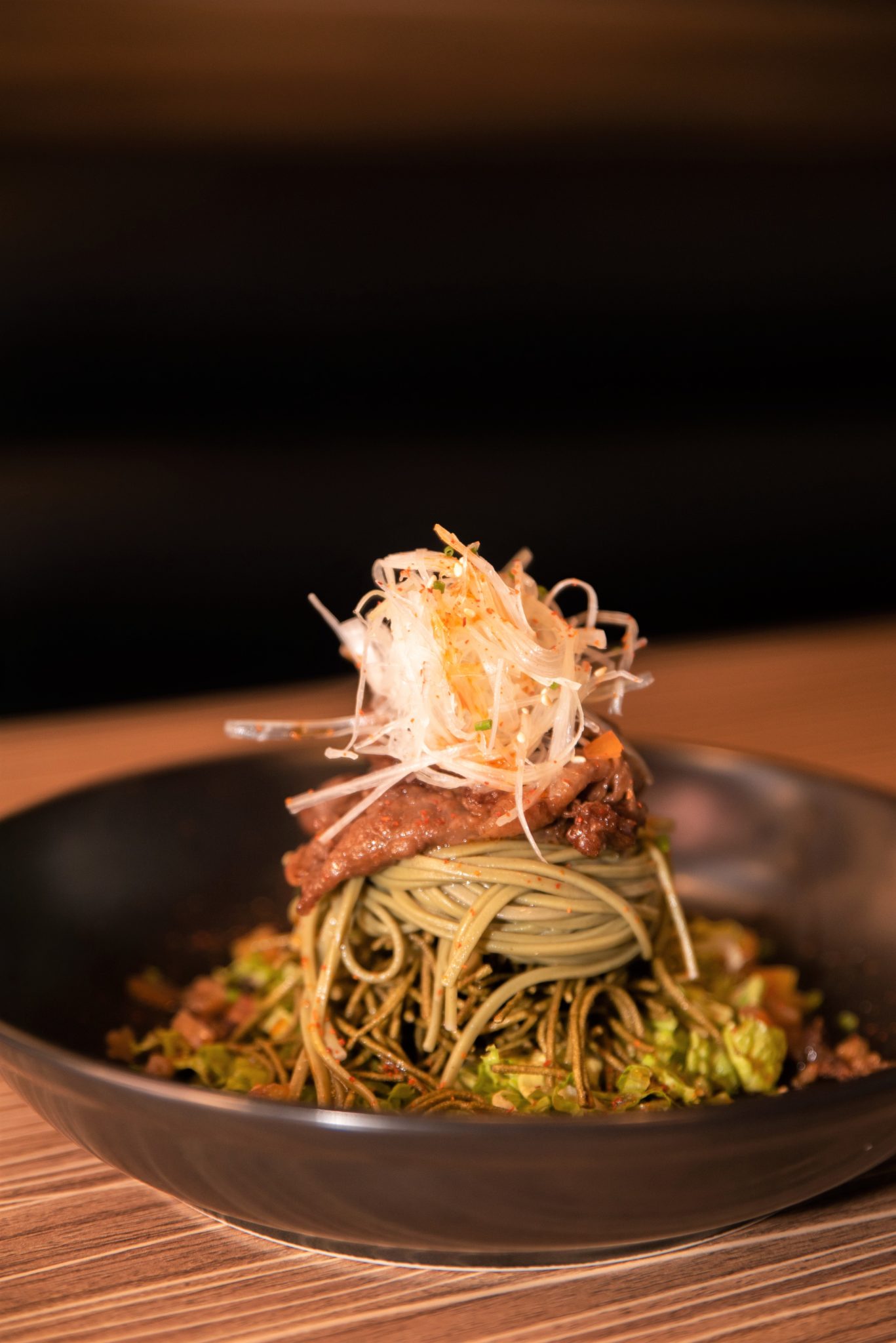
Considering how much is invested into their care, it shouldn’t come as a surprise that the price of wagyu is beyond the standard beef. A Wagyu Olympics is even held every five years in Japan to determine the best beef in the country. Miyazaki beef, from the prefecture of the same name, bagged the top prize twice in a row (2007 and 2012), and in the last Olympics, it won two out of three meat quality categories and received the Prime Ministers Award for the third time in a row.
Wagyu also has its own rating system as some cuts are valued higher than others. The Japan Meat Grading Association rates wagyu based on its yield (ranging from A-C), which is how much high quality meat one cow can produce, and its overall quality (ranging from 1-5), which is based on the level of marbling, firmness, color, and texture. A5 ranks as the highest possible quality wagyu can acquire, which is what’s served at Miyazaki Gyu in Bonifacio Global City.
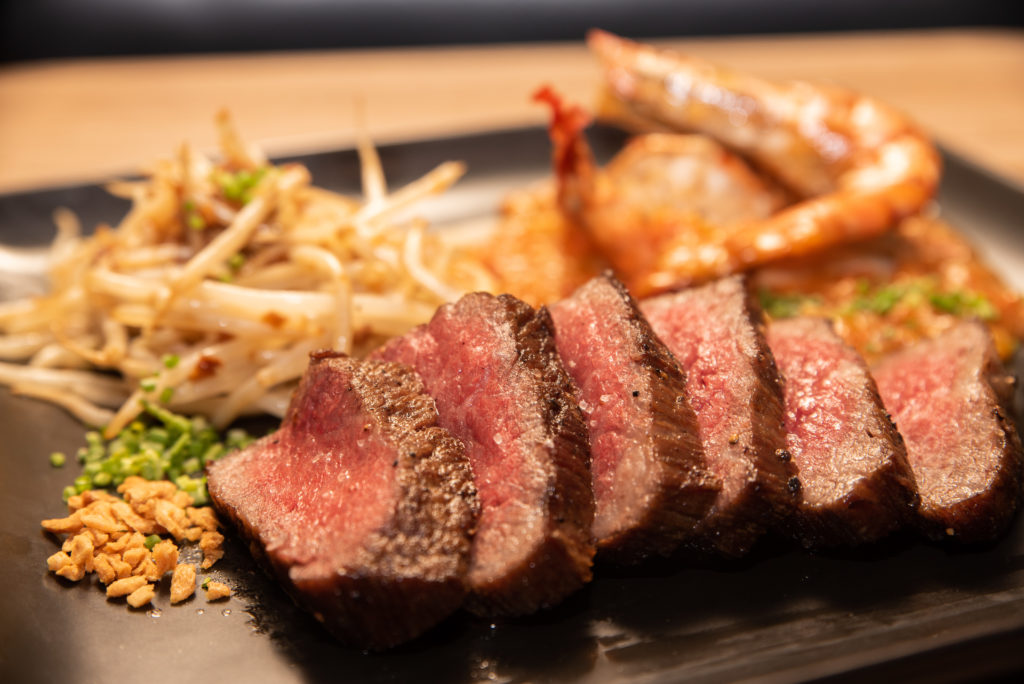
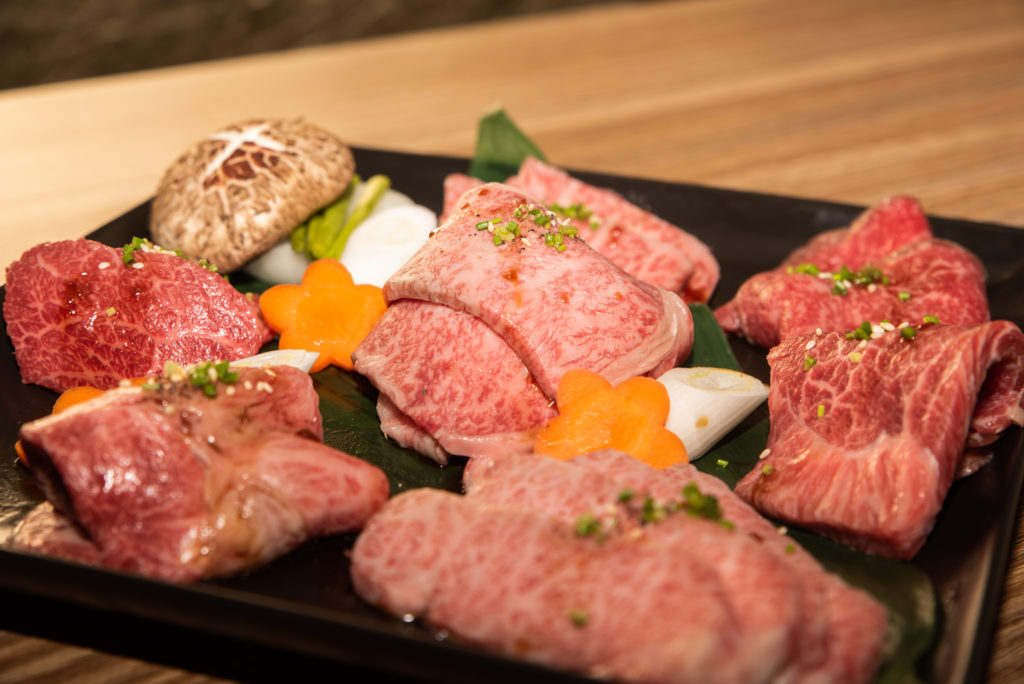
Importing directly from Japan, Miyazaki Gyu saw the demand for wagyu beef in the Philippines and opened its doors for customers to understand and appreciate the art of wagyu and the Japanese food industry. One of the few restaurants in the country to bring premium A5 wagyu to the market, Miyazaki Gyu offers more than just meat cuts—they’ve incorporated wagyu into their menu beyond the typical steak.
Wagyu’s unique tenderness makes it ideal for any recipe, particularly for Miyazaki Gyu’s meat-centric Japanese dishes. Miyazaki wagyu can be found in a number of its wagyu sushi rolls and soba and sukiyaki salad that uses thinly sliced wagyu and crispy beef fat. The yakiniku platter brings together an assortment of Miyazaki beef cuts that vary in thickness and texture, but the dark horse is the classic sukiyaki cooked with thinly sliced wagyu that bring out the flavors of the dish.
“You’ll never experience [in] other restaurants [this] kind of Japanese wagyu in the Philippines,” says Miyazaki Gyu executive chef Kensuke Sakai, also the youngest contestant in Iron Chef Japan.
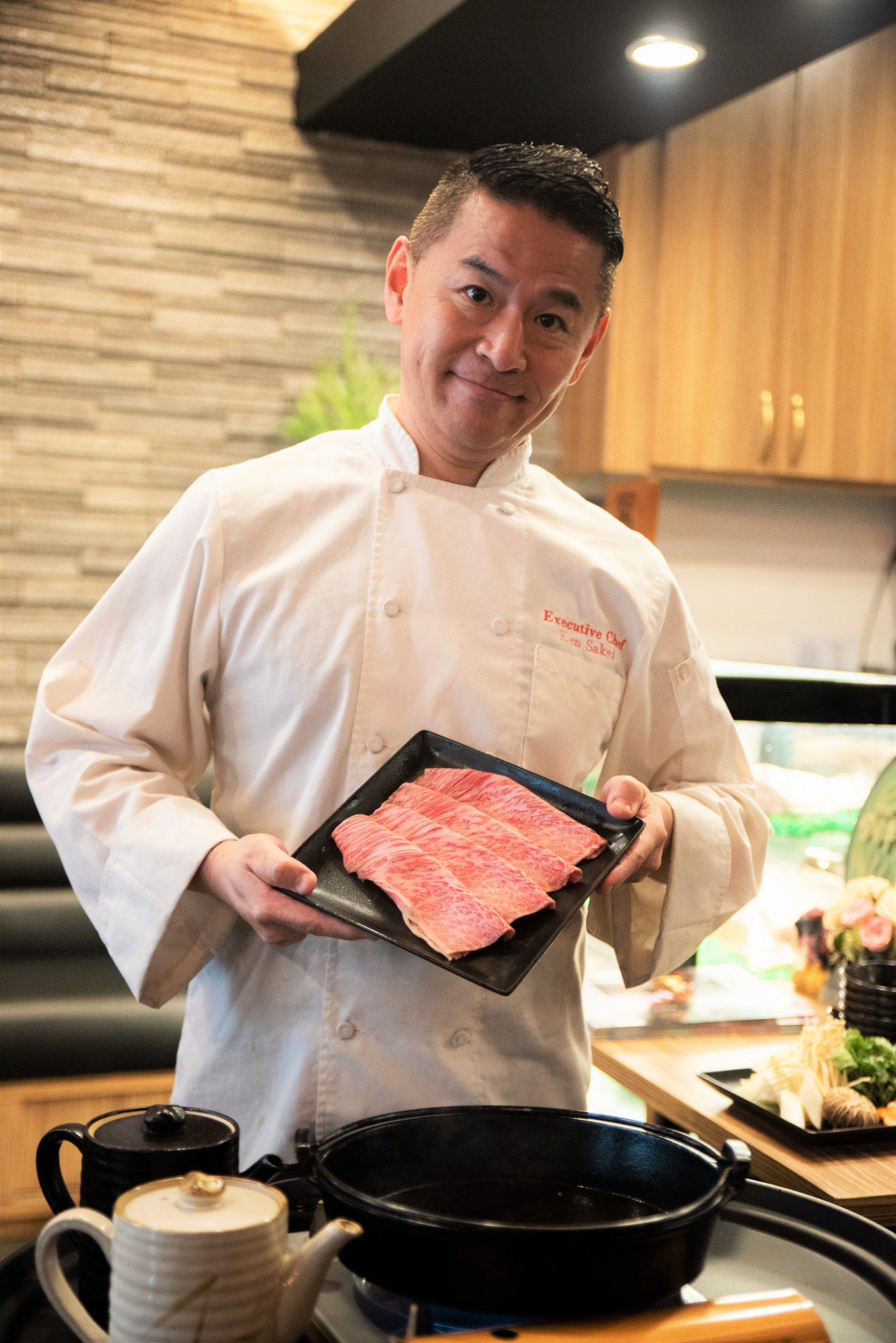
Miyazaki Gyu is located at One McKinley Place, Podium Level, Bonifacio Global City.












